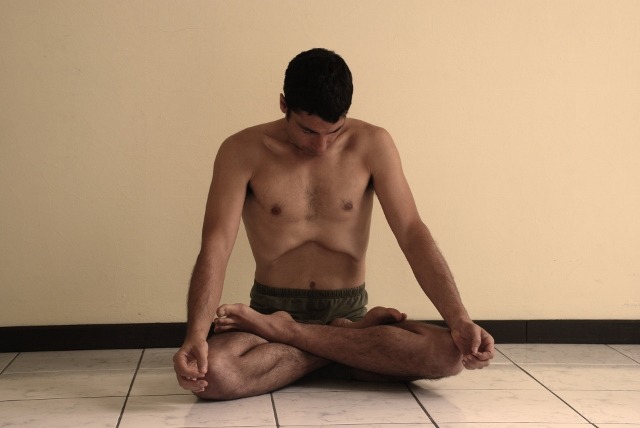Bandha Yoga Poses
Bandha
WHAT ARE BANDHAS IN YOGA?
Bandhas are physical techniques to exercise and control specific and different organs and nerves in the body. The word bandhameans ‘to hold or tighten’ which exactly describes the physical actions that are required to perform these practices. Various parts of the body are gently but powerfully contracted and tightened. This has the effect of massaging the organs, removing stagnant blood, stimulating and regulating the nerves connected with these organs. This improves the functioning and health of the body.
Although these bandhas are performed physically, they have a subtle effect on the whole body by an influx of psychic vibrations throughout body. These psychic vibrations invigorate the various psychic points in the body thus ensuring free flow of prana or energy through all the systems.
Bandhas in conjunction with other techniques
While being developed and perfected, the bandhas can be practised on their own. However, as the aspirant progresses along the yogic path, bandhas should be incorporated into the practices of mudras and pranayama. In this way maximum benefits will be attained. When the flow of prana is stimulated as in the practice of pranayama, the bandhas control the flow and direct it to the required areas, thereby preventing dissipation.
Kumbhaka (breath retention)
Bandhas require the practitioner to retain the breath. At first, of course, the retention should be of short duration but it will become longer and longer as the practitioner develops his abilities. Retention may be external or internal. The activity of the lungs can be suspended after deep exhalation or air can be retained in the lungs after inhalation. This practice is an essential part of bandhas, as well as pranayama as it develops the capacity to hold the breath. The period of retention should be gradually increased over a few weeks or months without imposing undue strain on the lungs.
Next Part…



Facebook Comments